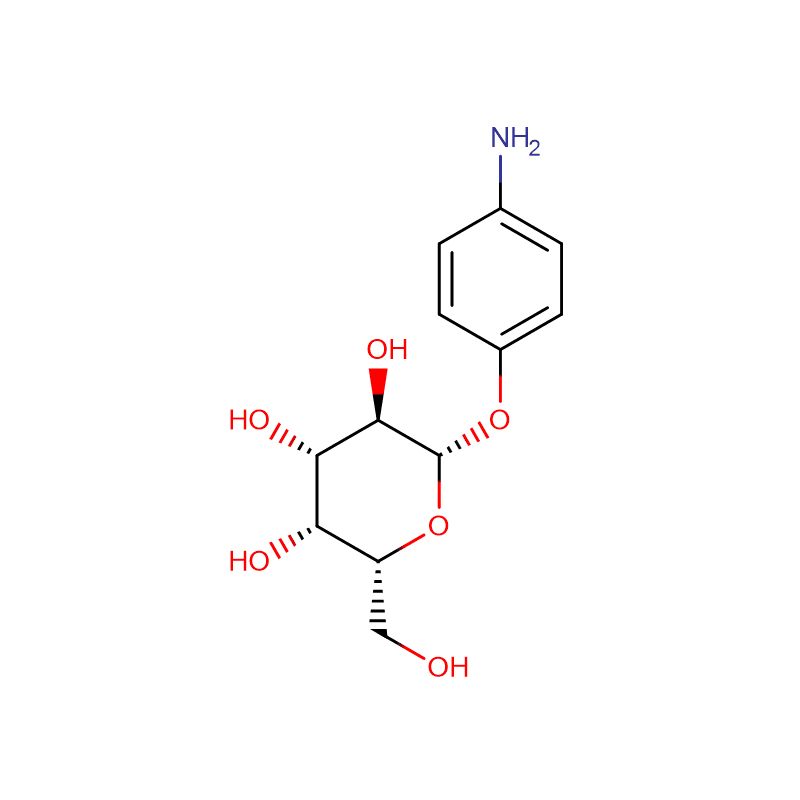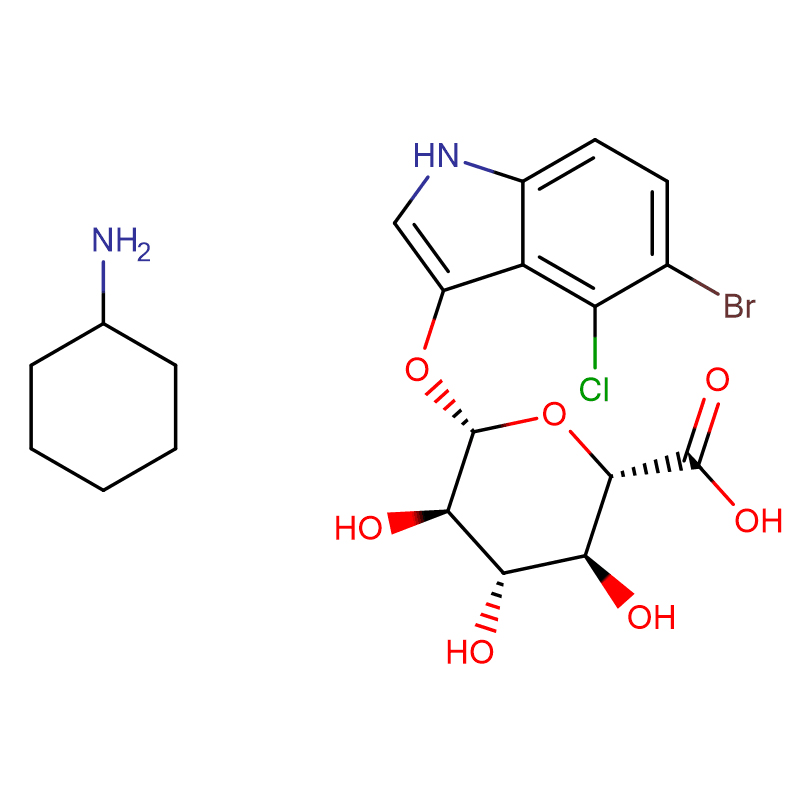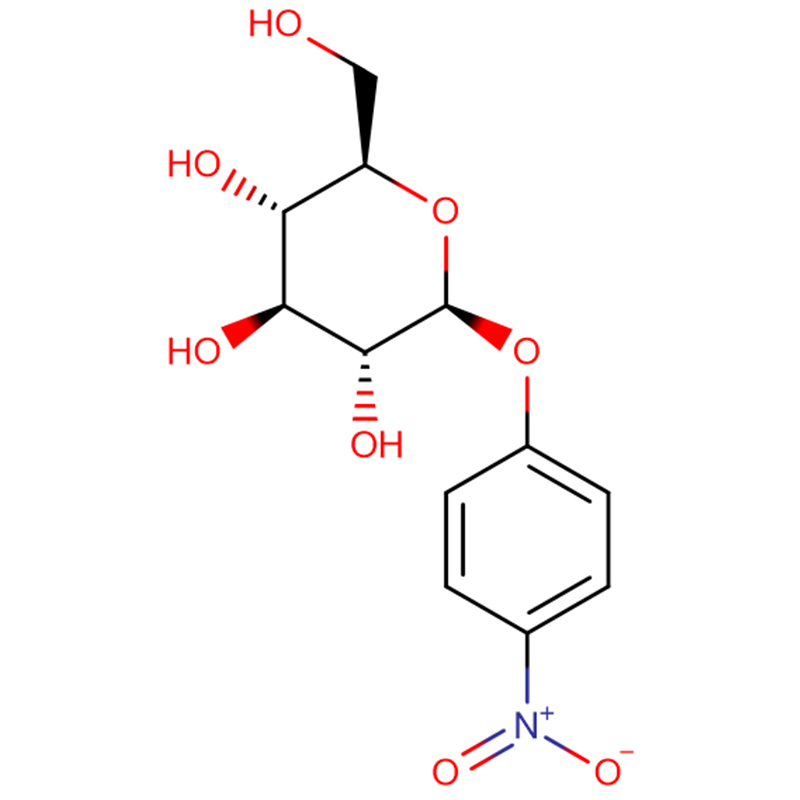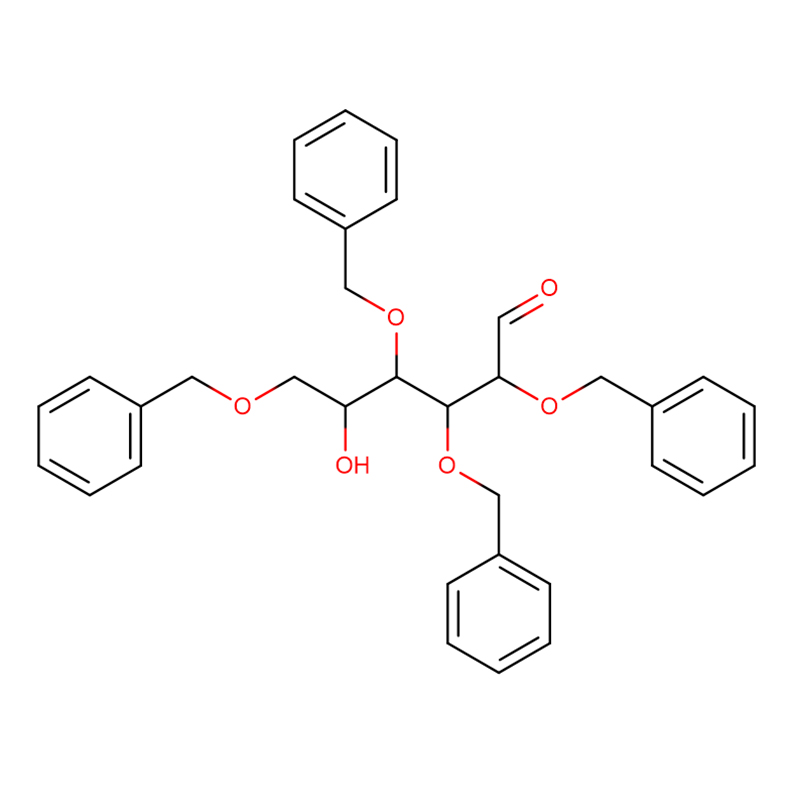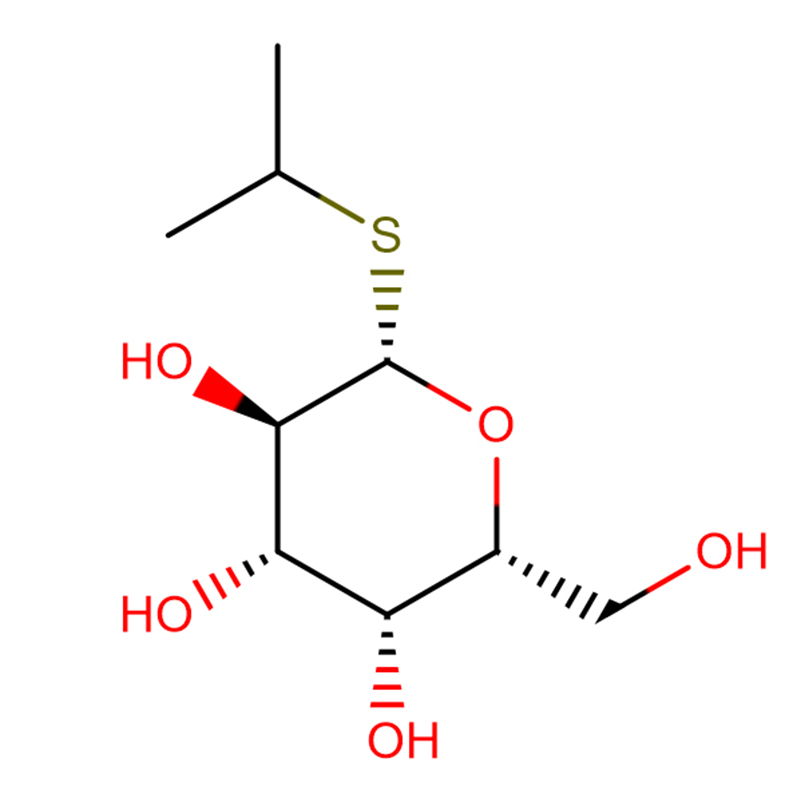Rats were administered a single dose of plant origin phenolic antioxidant Quercetin (QC) in free, liposome encapsulated and galactosylated liposome encapsulated forms 2 h prior to hepatotoxic dose of carbontetrachloride (CCl4, 40% v/v in olive oil, 1 ml/kg b.wt). Among those three different forms of QC tested, only galactosylated liposomal QC provided significant protection against CCl4 induced hepatic oxidative damage. After 24 h of injection (S.C.) hepatic cells of rats were found susceptible to CCl4 induced oxidative damage and it was monitored by the increased amount of conjugated diene in hepatic membrane. The two-fold increase in conjugated diene by the induction of CCl4 was decreased upto normal level by galactosylated liposomal QC pre-treatment. Carbontetrachloride induced membrane damage in hepatic cells and it was judged by the blood serum pathological and liver tissue histopathological examination. Membrane damage by the induction of CCl4 was further evaluated by the decreased level of plasma membrane (PM) bound enzyme Na+/K+ ATPase activity and it was increased only by the pre-treatment of galactosylated liposomal QC. Carbontetrachloride induced a substantial decrease both in enzymatic and molecular endogenous antioxidant levels in hepatic cells.The depression in antioxidant system in hepatic cells was completely prevented by a single dose of galactosylated lipsosomal QC prior to CCl4 treatment. Liver uptake of QC was estimated after 2 h of the flavonoid injection (8.9 micromol/kg body weight) (free or liposomal forms) and 85% of the injected QC was found in liver in the case of galactosylated liposomal QC. Whereas only 25% of the injected dose was detected in liver when an identical amount of free QC was injected. Carbontetrachloride also induced an alteration in membrane fluidity and it was evaluated by a decrease in membrane micro-viscosity. Free QC pre-treatment resulted in no protection against CCl4 induced increase in hepatic membrane fluidity, whereas galactosylated liposomal QC exerted a significant protection against the increase. Results of this study revealed that QC in galactosylated liposome could exert a significant protection against CCl4 induced hepatocellular injury.


